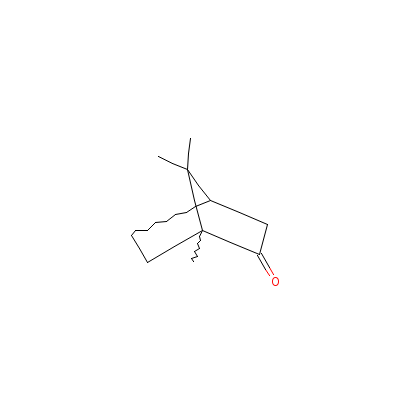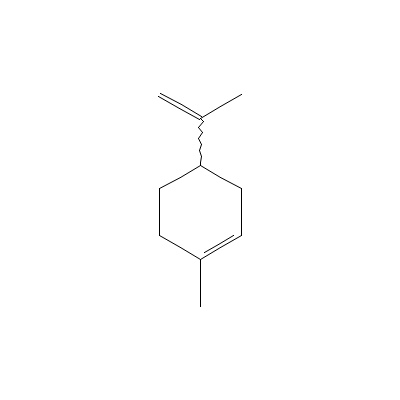| |
|
|
Botanical Name |
: |
Magnolia biondii Pamp. |
English
Name |
: |
Chinese Willow, Chinese Magnolia, Biond Magnolia |
Synonym(s) |
: |
Magnolia fargesii (Finet & Gagnep.) W. C. Cheng, Magnolia conspicua var. fargesii Finet & Gagnep. |
Family |
: |
Magnoliaceae |
| |
General Info
| Description |
 |
|
A small deciduous tree, reaching 40-55 feet tall with smooth gray bark. Young branchlets are densely covered with hairs. Leaves are 5-7 inches long, oblong to elliptic, dark green and smooth above, bright green and fuzzy below. Flowers attractive; pinkish-purple and lemon scented; blooms before foliage appears. The spring buds resemble giant pussy willows. |
| Herb Effects |
 |
|
Anti–inflammatory and stimulant (bark) |
Chemistry
| Active Ingredients |
 |
|
Alpha-pinene, camphor, citral, coclaurine, eudesmin, fargesin, limonene, magnolin, methyl chavicol (flower) |
| Chemistry
of Active Ingredients |
 |
|
|
 |
Name |
CAS# |
IUPAC Name |
Formula |
Structure |
 |
|
| alpha-Pinene |
80-56-8 |
2,7,7-trimethylbicyc
lo[3.1.1]hept-2-ene |
C10H16 |
|
| Camphor |
8022-77-3 |
1,7,7-trimethylnorbo
rnan-2-one |
C10H16O |

|
| Citral |
96680-15-8 |
3,7-dimethylocta-2,6
-dienal |
C10H16O |

|
| Coclaurine |
486-39-5 |
(1S)-1-[(4-hydroxyph
enyl)methyl]-6-metho
xy-1,2,3,4-tetrahydr
oisoquinol
in-7-ol |
C17H19NO3 |

|
| Eudesmin |
Not Available |
4,8-bis(3,4-dimethox
yphenyl)-3,7-dioxabi
cyclo[3.3.0]octane |
C22H26O6 |
|
| Fargesin |
Not Available |
5-[(8R)-8-(3,4-dimet
hoxyphenyl)-3,7-diox
abicyclo[3.3.0]oct-4
-yl]benzo[1,3]dioxol
e |
C21H22O6 |
|
| Limonene |
9003-73-0 |
1-methyl-4-prop-1-en
-2-yl-cyclohexene |
C10H16 |

|
| Magnolin |
31008-18-1 |
(1R,4S,5R,8S)-4-(3,4
-dimethoxyphenyl)-8-
(3,4,5-trimethoxyphe
nyl)-3,7-dioxabicycl
o[3.3.0]octane |
C23H28O7 |
|
| Methyl chavicol |
77525-18-9 |
1-methoxy-4-prop-2-e
nyl-benzene |
C10H12O |

|
|
Pharmacology
| Medicinal Use |
 |
|
The aromatic bark known as Hou Po is used in traditional Chinese medicine for traeting digestive disorders and to promote sweating. The flower or preflower bud known as Xin Yi Hua is commonly used to unblock the nasal passages and alleviate the associated loss of smell, sinus headache, rhinorrhea, rhinitis and other common cold and sinus symptoms. In addition, it has also been used topically for toothaches. |
| Reference |
 |
|
 Jing-Nuan Wu. An Illustrated Chinese Materia Medica. P: 414, Oxford University Press, Inc.2005. Jing-Nuan Wu. An Illustrated Chinese Materia Medica. P: 414, Oxford University Press, Inc.2005.
|
Dealers
Products
|
|